The Champagne Wreck– and its dramatic salvage |
|||
|
The two-masted schooner Jönköping was built in Sweden in 1896. The length was 20 m, she had a 16 HP engine and could take 100 tons of cargo. In 1916 she left the Swedish port Gävle heading for Finland, which at the time was Russian territory.
DiscoveryIn 1997 the ship was located on 64 m depth, using side scan sonar. During the search, another wreck was also found, the Swedish steamboat Ägir, that was sunk by the same sub on the same day in 1916. But only the Jönköping was interesting this time. Trimix divers went down and observed that the hull is perfectly preserved in one piece. Only the masts are down, and there is a small hole in the hull, from the sinking. The reason for the wreck search was the ship's main cargo. She was loaded with 4400 bottles of 1907 Heidesieck Champagne "Goût Americain", 67 large barrels of Cognac and 17 regular barrels of wine. This was mainly intended for officers in the Russian army. Some champagne bottles were brought up. They were opened and, reportedly, tasted excellently. Apparently the corks had withstood the pressure and the dark ice-cold water served as wine cellar. The search team now hopes that also the barrels have held tight. Salvage plansClaes Bergvall and Peter Lindberg are the two divers who found the ship in 1997, and formed a Swedish salvage company, C-Star. They acquired the rights to the cargo, and estimated the value between USD 20 and 70 million. The plan was to pull wires under the hull, lift it in one piece, and then move it to more shallow water. There the cargo would be unloaded. Finally the hull was to be lifted to the surface, drained, and towed to Gävle, Sweden. The last bit reminds of the lifting of the Vasa ship in 1961. According to C-Star, the raised ship could serve as a museum. However, this is a very common ship type, some of which are still afloat. Converting the ship to a museum on the surface may cost more than building a replica. A better way to conserve the ship for the future might be to leave it on the sea bottom. On the bottom of the cold brackish Baltic Sea, it would be preserved for centuries to come. The 1997 lifting attempt was cancelled due to hard weather and, reportedly, some trouble with the salvage rights. During the '97 season, hundreds of champagne bottles were salvaged by the C-Star divers. Some of the bottles were sampled and found delicious. Others were sold at auction. This confirmed the estimated value and excitement was growing. Two rivalling salvor teamsIn the spring of 1998, the C-Star consortium was ready for a new effort to raise either the ship or at least the cargo. Apparently C-Star had all the legal rights to salvage the ship. However, early in spring, before the C-Star ship had returned to the wreck site, another ship was there. The Finnish businessman Peter Fryckman had quickly arranged a ship and divers, who swiftly started to salvage the golden cargo. Mr Fryckman also claimed right to the cargo, that part of the cargo belonged to his great-grandfather. However, Mr Feyckman was not able to prove this claim. The local coast guard was not able to act, pending a court decision on what to do. Meanwhile a minor war seemed to escalate between the two salvage teams. There were accusations, rumours of death threats, rumours of sabotage and minor violence. On 2 July, C-Star had a giant crane ready, and they were only waiting for the coast guard to force the Finnish team to move. On 3 July, a Finnish court decided in favour of the C-Star team. Thus the Finnish team had to leave the site. Finally, time to workOn 5 July, all divers on the Finnish ship suddenly went over to the Swedish ship. The Swedish team had simply offered them 25% of all that they pick up, and they all signed up for C-Star. As a result, the "war" seemed to be over. Mr Fryckman, the Finnish team leader, made no comments. However, Mr Fryckman's lawyer commented the loss of his divers: "It's terrible what people will do for money". On 7 July, C-Star had the crane in position but were delayed by bad weather. Meanwhile, Mr Fryckman started selling the bottles that he (probably) illegally brought up at USD 10,000 each. Both C-Star and Mr Fryckman prepared to sue each other. An effort to lift the Jönköping was planned for Thursday, 9 July. The hull was partially laying on rocks on the bottom. Thus it would be relatively easy to place lifting cords under it. However, the visibility was very bad for the divers, according to one report only 20 centimetres. The liftOn 13 July, the team had placed several wires under the Jönköping, and they were "almost" ready for the first lift. Since then, they had to wait for better weather. The next lifting attempt was scheduled for 21 July. On 24 July, a successful lift was performed. The Jönköping was lifted after a two-step process, first 30 metres up, then to the surface. The cargo was loaded over to the salvage ship Pernille Diver. Totally, more than 2000 bottles were recovered by C-Star. Finally, the team judged the Jönköping "too damaged to be turned into a museum ship". Thus, it was decided to drop the ship back to the seabed, letting her crash a second time against the bottom. The ship's condition can be seen on the photos to the right. Anyway, most bottles and barrels are reported to be intact. All the salvaged cargo was transported to Stockholm, Sweden. The content of the barrels is to be analysed and the barrels are to be opened very carefully and all is to be sold in due time. All of this has very little to do with archaeology. I do think that the bottles should have been brought up somehow. Champagne is to be consumed, instead of wasted on the seabottom. But according to some reports, the Jönköping may have been damaged when it was lifted. I think that these salvors at least should have tried to document the ship. Perhaps that was also done. I do not know the details. Aftermath24 bottles were sold at auction by Christie's in October 1998 at £ 2400 each. That makes the 2000 bottles worth about 8 million dollars, less than first estimated, but still a fortune. The salvaged barrels of cognac were apparently damaged by seawater and the contents worthless. by Per Åkesson, Oct 1997 updated jul '12 |
Plan for raising the Jönköping. The illustration is produced by Svenska Grafikbyrån, Stockholm, Sweden. It is published on Nordic Underwater Archaeology with kind permission. If you wish to publish the illustration, contact the agency. They specialise in illustrations for news media. They regularly publish samples of their news illustrations on their web site.
|
||
Related links
Articles in Aftonbladet
The Swedish daily paper Aftonbladet has an excellent web publication. Here are some archive articles in Swedish. If a link does not work, go to the Aftonbladet start page and search the archives from there. Unfortunately some press reports say that the Jönköping was torpedoed. This is of course nonsense – a torpedo hit would have turned the small wooden ship into matchwood. The submarines only used their expensive torpedoes on much larger targets.
Other Swedish publications
Literature
Film
This article has not been published in print. If you want to publish it, contact me. The beautiful Jönköping photos are published here with kind permission and made by Mårten Sjöblom, Mårtens Foto, 64200 Närpes, Finland |
|||
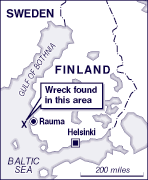
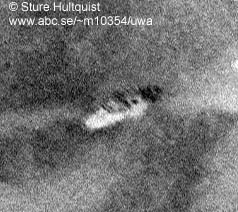
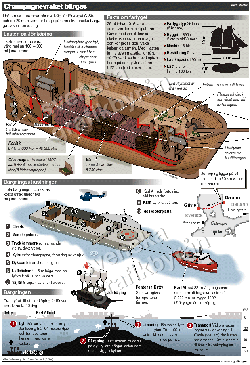
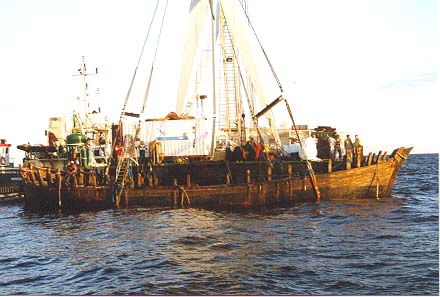
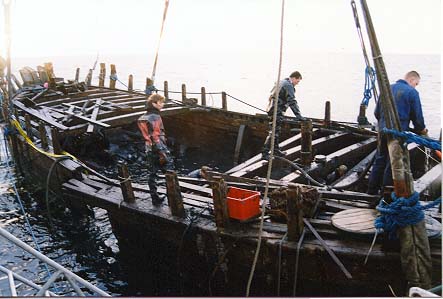
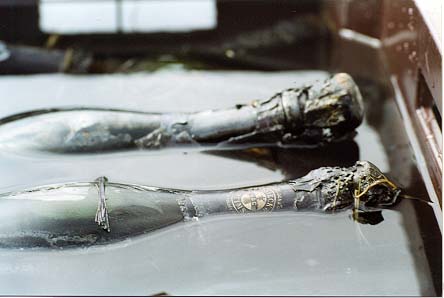
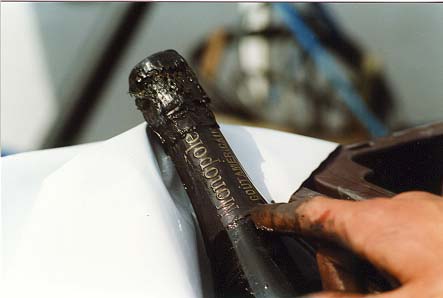
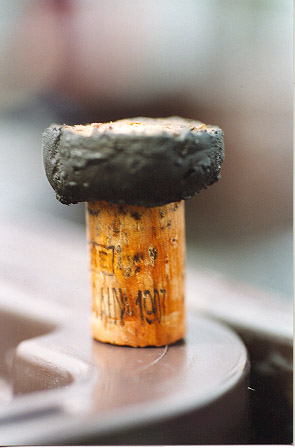

 Back to Nordic Underwater Archaeology
Back to Nordic Underwater Archaeology